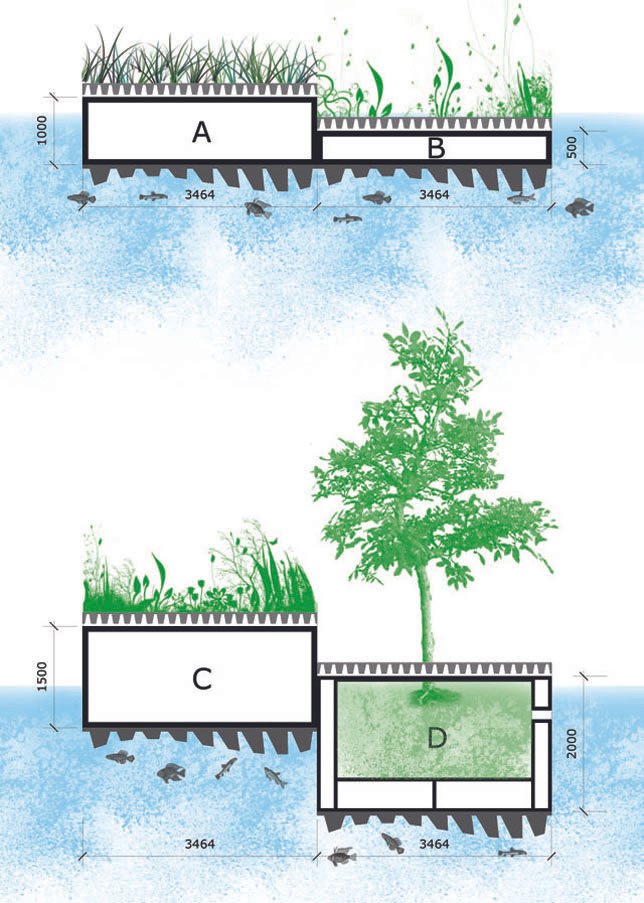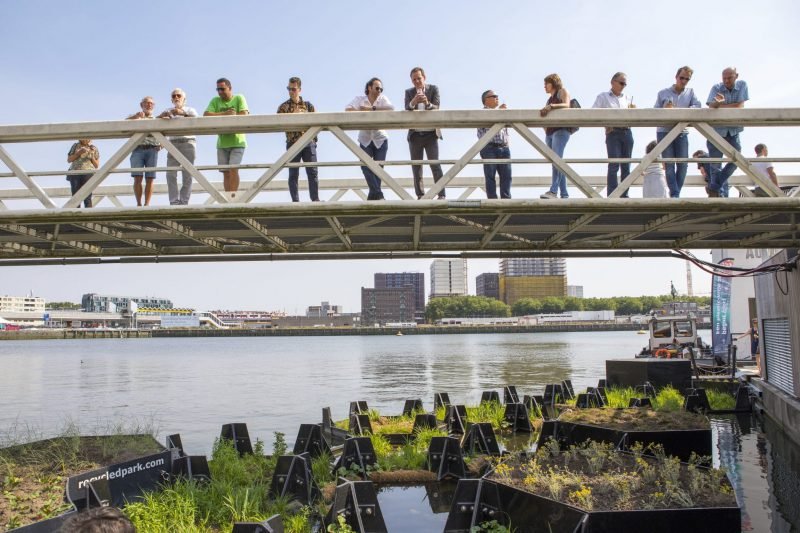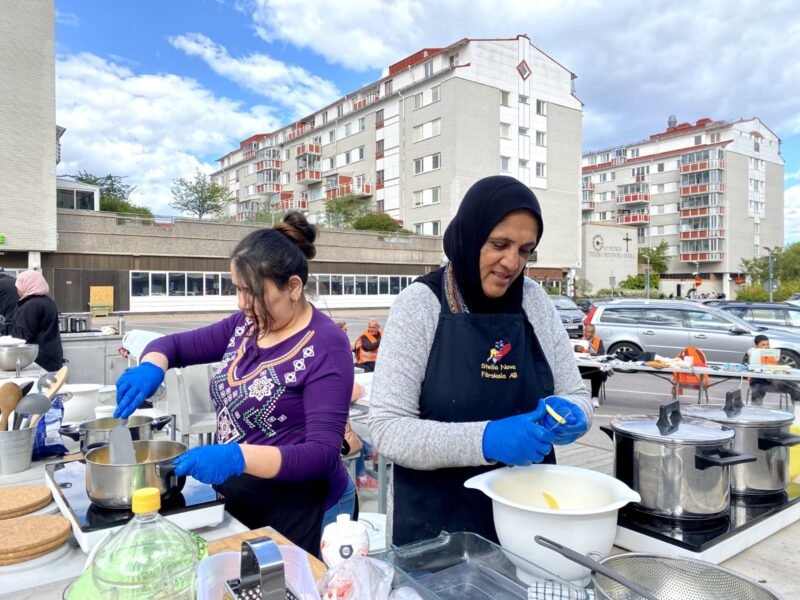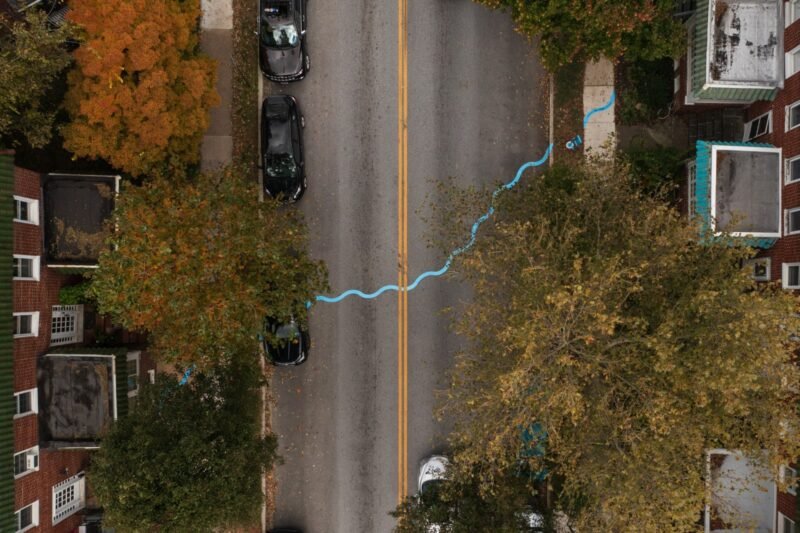Rotterdam Architect Turns Plastic Waste Into Floating Urban Green Space
The amount of plastic that is floating around our rivers, lakes and oceans is getting more and more attention. A Dutch architect, Ramon Knoester, has built a series of small floating islands in the city of Rotterdam in order to tackle the issue of plastic pollution in the New Meuse delta.
Ramon Knoester is the man behind the Recycled Island Foundation that just launched a 140m2 floating park in Rotterdam’s harbor. The main idea behind this project is to retrieve plastic waste from the New Meuse river and turn it into something useful. But why not collect plastic waste directly from the Pacific Ocean? Ramon Knoester explains that rivers transport a great share of all plastic waste, from the hinterlands into seas and oceans where it joins the global plastic soup. This is why river deltas make for a great spot for collecting plastic waste.

A schematic overview of the various possible designs.
The Recycled Island Foundation team uses passive litter traps that confines the waste that floats near the surface of the river, where 98% of water waste tends to be. The collected plastic waste at the Meuse river delta is used to construct floating platforms on which green urban spaces can flourish. A variety of plants, from moss to trees of a few meters high, should be found on top of the islands. From parks to festival ground and bird nesting wetlands, the islands can be used in a wide variety of ways. By connecting multiple islands, a larger surface can be created and the individual islands can be easily moved from one end of the city to the other.

The first islands were put in place in July of this year.
Floating islands are not only great for parks and activities, they can also contribute to more marine life below the surface of the water. The plastic building blocks are designed to be aesthetically pleasing above the water, while having rough bottom that is under water. The bottom of each island promotes the growth of algae and other plants. At the same time, it provides a place where fish and other animals can leave their eggs and find food.
Read how the harbor of Copenhagen got its own floating islands here.



